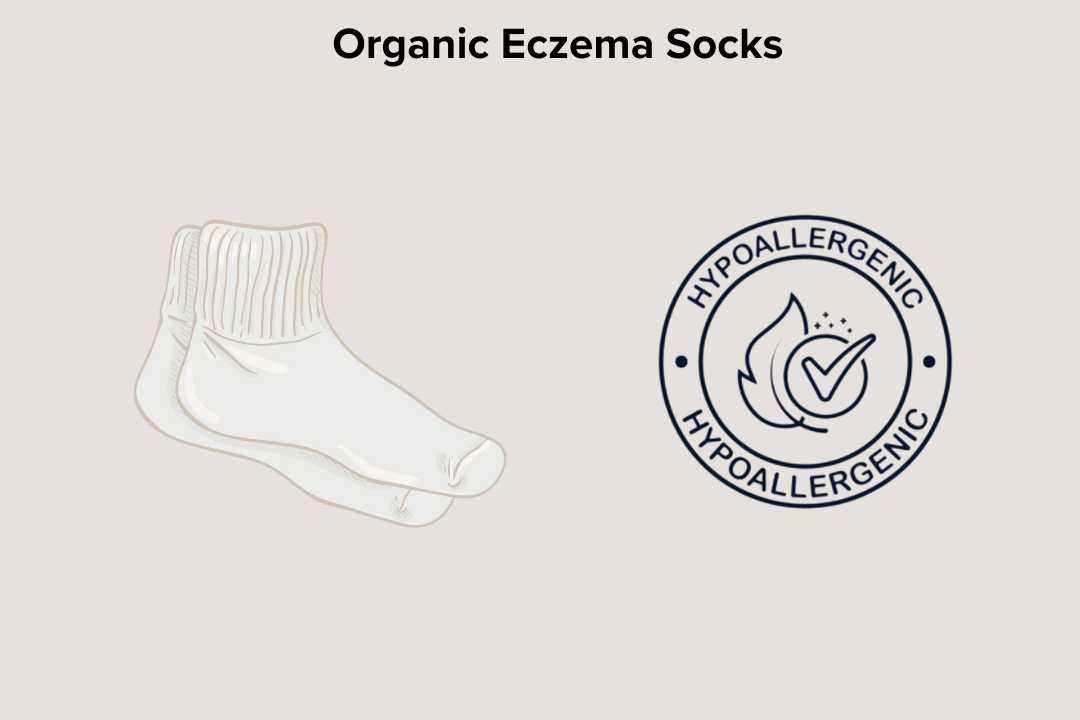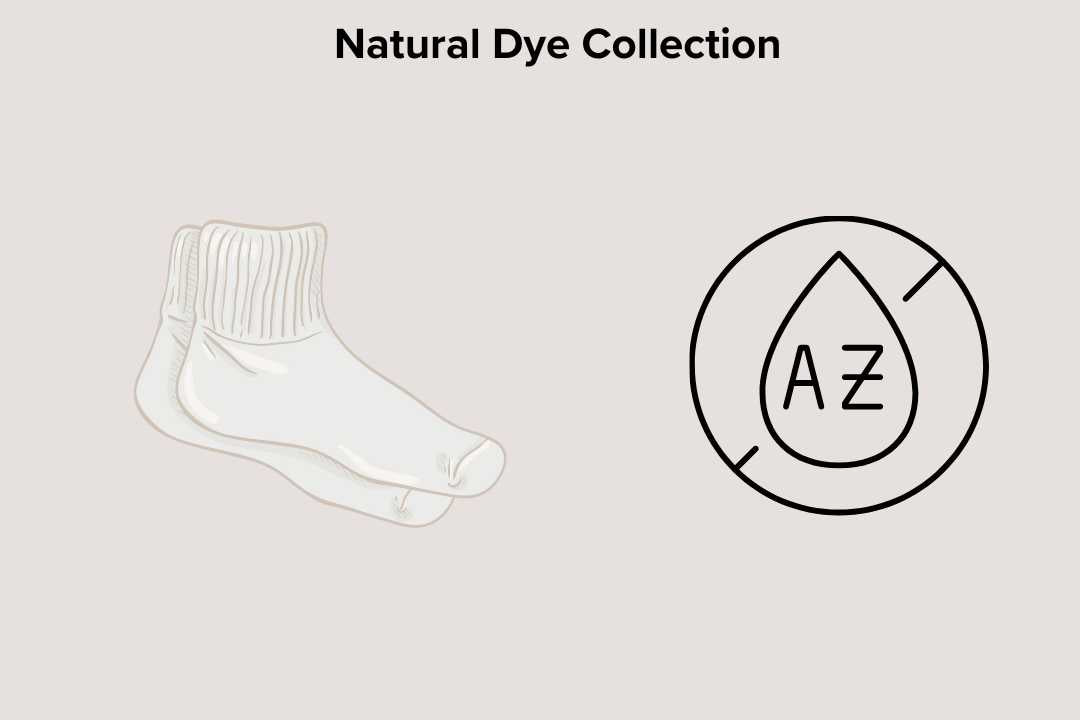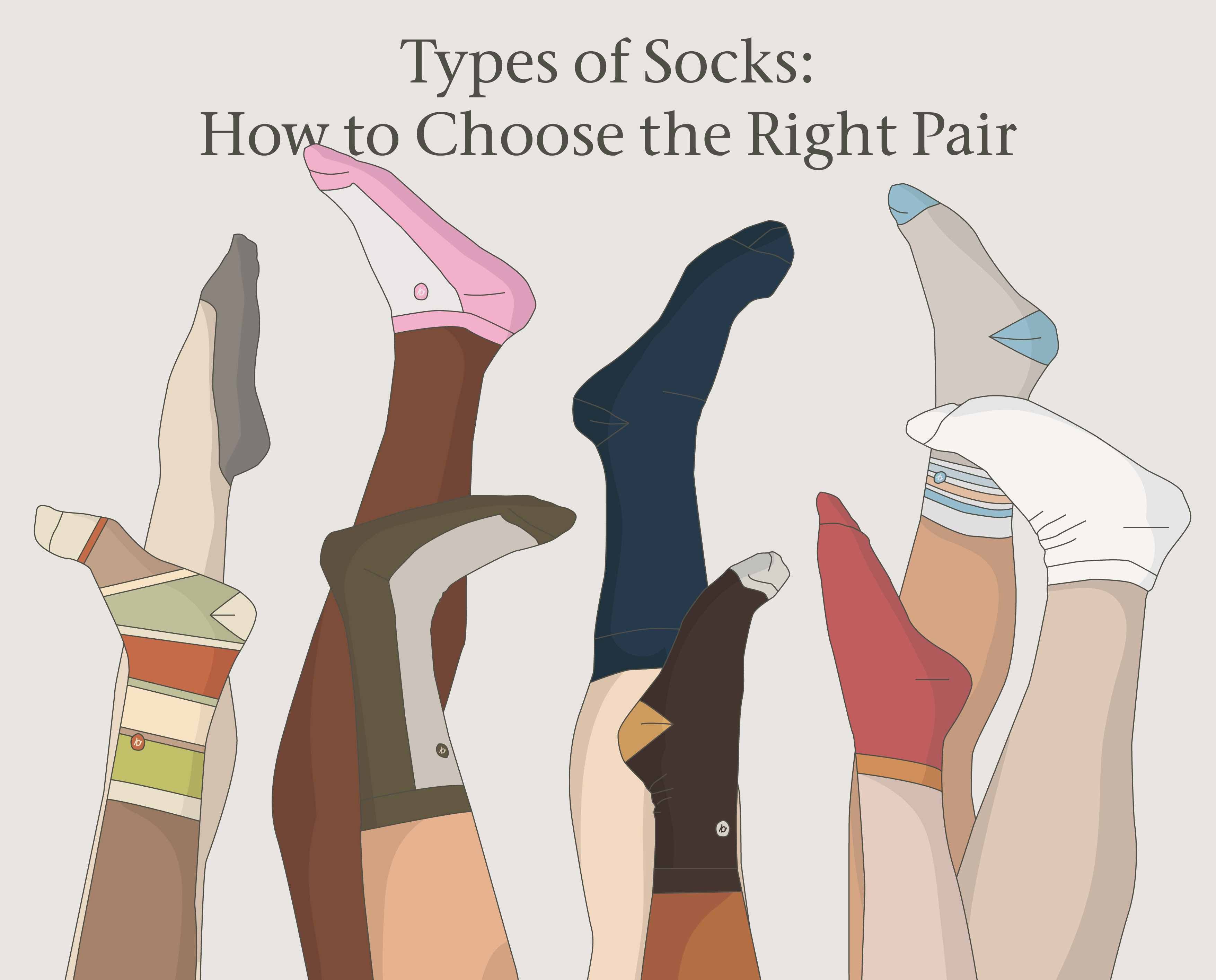
How Often Should You Change Your Socks?
Changing your socks regularly is essential for maintaining foot hygiene and comfort. But how often should you change your socks? The answer depends on various factors, such as your activity level, the climate, and hygiene habits.
This article will help you understand when and why to swap out your socks to keep your feet healthy and fresh.
When to Change Your Socks?
Knowing when to change your socks is essential for maintaining foot health and comfort. Here are some clear signs that indicate it’s time for a fresh pair:
- Visible Dirt or Stains: If your socks have visible dirt or stains, it’s time to change them.
- Unpleasant Odor: An unpleasant odor indicates that your socks must be changed.
- Dampness or Wetness: If your socks are damp, change them immediately to prevent bacterial and fungal growth.
- Skin Irritation or Discomfort: Any signs of skin irritation or discomfort indicate the need for a fresh pair of socks.
- Loss of Elasticity: When socks lose their elasticity and no longer fit well, it’s time to get a new pair.
Factors Affecting How Often Should You Change Your Socks
Knowing when to change your socks is essential for maintaining foot health and comfort. You might often wonder, how often do you change socks? Here are some clear signs that indicate it’s time for a fresh pair:
Activity Level
Your level of physical activity significantly impacts how often you should change your socks. If you’re engaging in sports or exercise, your feet will sweat more, requiring frequent sock changes to prevent moisture buildup and potential fungal infections.
Climate and Weather
Your feet will likely sweat more in hot and humid climates, necessitating more frequent changes. Conversely, in cooler and drier climates, you might not need to change your socks as often, but ensuring they stay clean and dry remains essential.
Personal Hygiene Habits
Changing your socks once a day is generally sufficient if you maintain a routine of daily showers and good foot care. However, more frequent changes may be necessary if you have conditions like athlete’s foot or naturally sweaty feet.
Type of Footwear
The type of footwear you use can influence how often you need to change your socks. Closed-toe shoes, especially those made from non-breathable materials, can trap heat and moisture, increasing the need for more frequent sock changes. Open-toe shoes or sandals may not require socks at all, reducing the frequency of changes.
Types of Socks
Different types of socks can impact how often you should change them. For instance, athletic socks designed for high-intensity activities may need to be changed more frequently than casual or dress socks. Compression socks, often worn for medical reasons, should also be changed regularly to maintain effectiveness. Similarly, our cotton crew socks, known for their breathability and comfort, should be changed daily to ensure optimal foot hygiene and freshness.
Sock Material
Natural fibers like cotton and wool are breathable and help wick away moisture, potentially allowing for less frequent changes than synthetic materials, which may not manage moisture as effectively. Understanding the best material for socks can greatly influence their comfort and effectiveness. To experience the comfort and benefits of natural fibers, check out our collections featuring the best in breathable socks.
Best Practices for Changing Socks
Here are some best practices to help determine how often you should change your socks:
Daily Routine
How many times a day should you change socks? Change your socks at least once daily to maintain foot hygiene and comfort. If you have a particularly active lifestyle or sweat a lot, consider changing them more frequently
Special Circumstances
Change your socks more often during intense physical activities, outdoor adventures, or if you have foot-related medical conditions. Always keep an extra pair handy for these scenarios.
Body Signals
Pay attention to your feet' condition. If your socks feel damp, cause discomfort, or show signs of irritation, it’s time for a fresh pair. Your body will often signal how often you should change your socks.
Importance of Changing Socks Regularly
Changing your socks regularly is essential for maintaining foot health and avoiding discomfort. This simple habit also helps keep your feet dry and fresh throughout the day.
Hygiene and Health
Wearing socks for extended periods allows sweat, bacteria, and fungi to build up, which can lead to infections such as athlete’s foot and toenail fungus. Changing your socks helps reduce the risk of these infections. Clean socks keep your feet dry, minimizing bacterial and fungal growth and promoting overall foot health.
Comfort and Freshness
The comfort and freshness of your feet are directly linked to how often you change your socks. Wearing the same pair of socks for too long can lead to dampness, which causes discomfort, blisters, and sores. Fresh socks provide a dry and cushioned environment for your feet, enhancing overall comfort.
Odor Prevention
Changing your socks regularly is key to preventing unpleasant odors. Clean socks reduce the buildup of sweat and bacteria that cause bad smells.
4 Myths About Sock Changing
Let’s debunk some common myths about how often to change socks and learn about proper sock care.
- Myth 1: You don’t need to change socks if you haven’t worn shoes.
Fact: Even without shoes, socks can still collect sweat and bacteria from your feet and the environment. Regular changes are important to maintain foot hygiene and prevent odors. - Myth 2: Wearing socks to bed eliminates the need to change them frequently.
Fact: Wearing socks to bed can increase moisture buildup, especially if the socks are not clean. It’s important to wear a fresh pair to bed and change them regularly. - Myth 3: Thick socks don’t need to be changed as often.
Fact: Thick socks can still trap sweat and bacteria. Regardless of their thickness, socks should be changed frequently to ensure hygiene and comfort. - Myth 4: Socks don’t need to be changed as often in cold weather.
Fact: Even in cold weather, your feet can sweat, especially if you wear warm boots or multiple layers.
Final Thoughts
How often should you change your socks? You should change them at least once daily to maintain good foot hygiene and comfort. Increase the frequency if you are physically active, live in a hot climate, or have particularly sweaty feet. Watch for signs like dirt, odor, dampness, or skin irritation to know when it’s time for a fresh pair.
At Q for Quinn, we focus on your foot health and comfort, ensuring our socks keep you fresh and comfortable all day long.
















